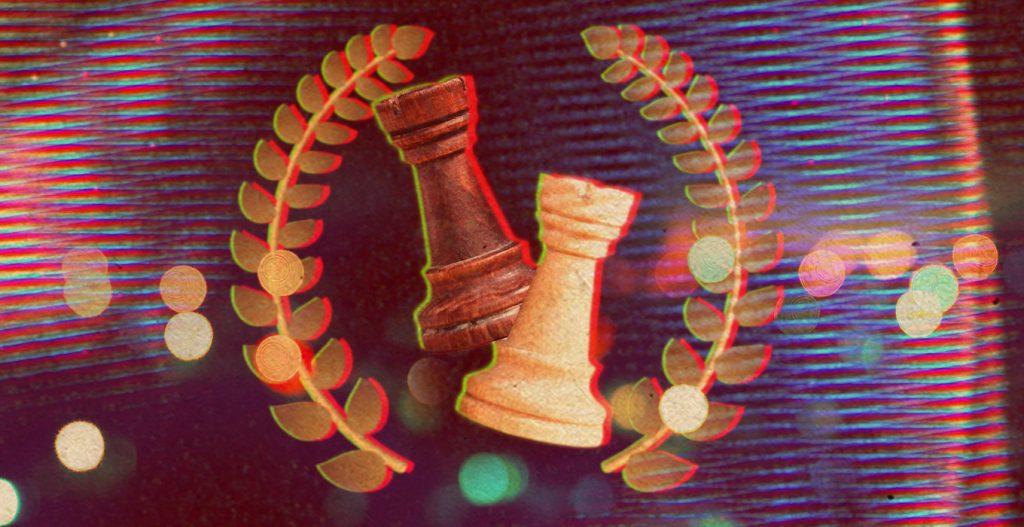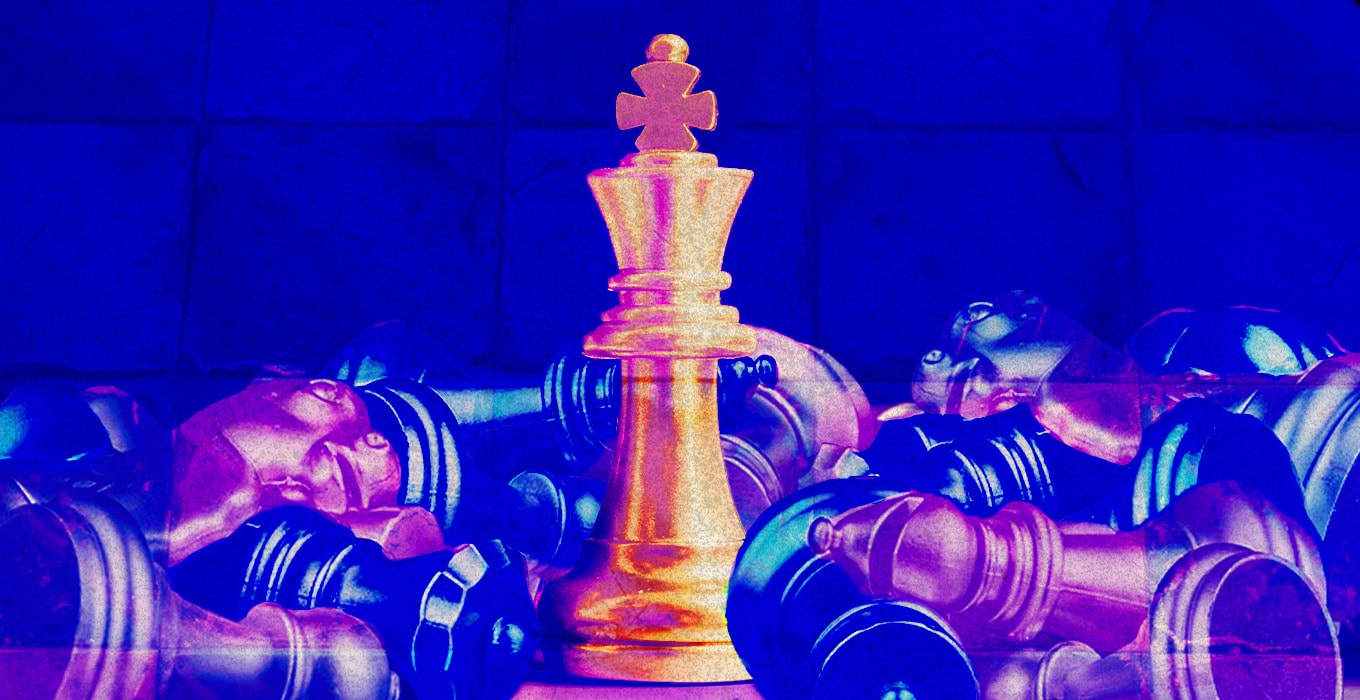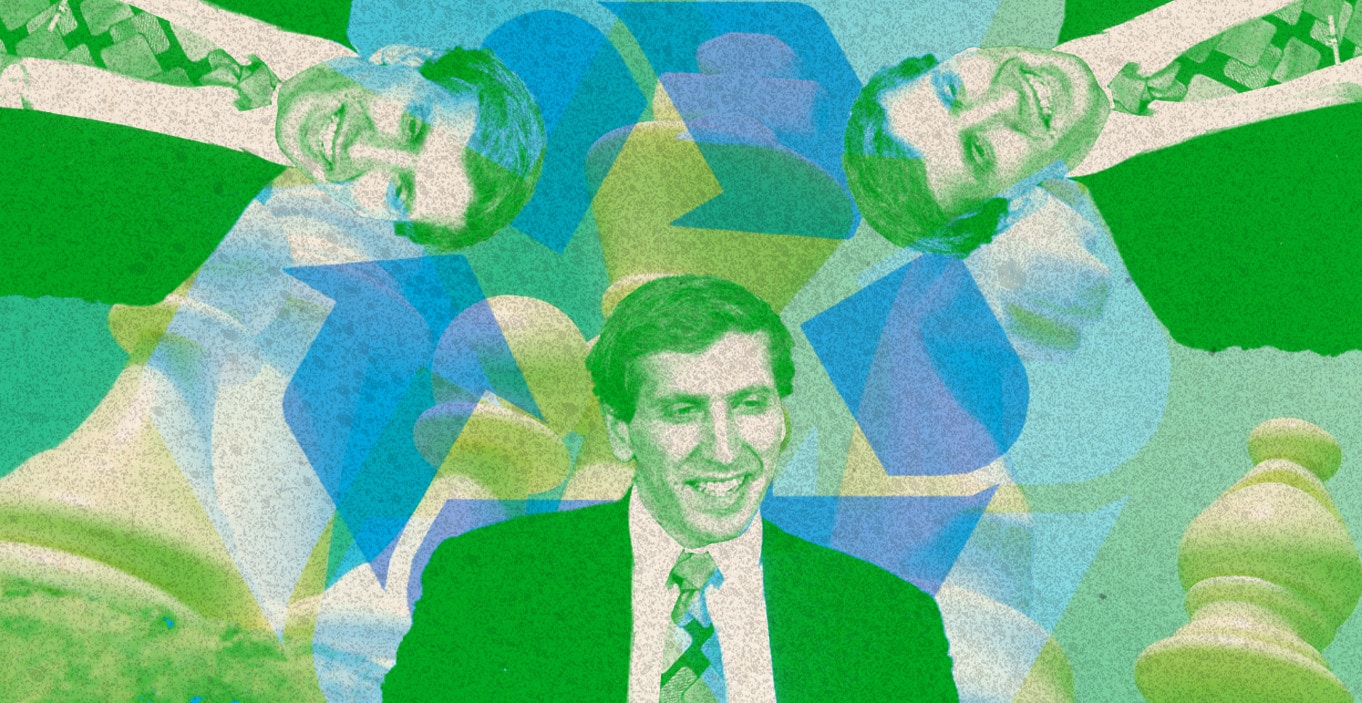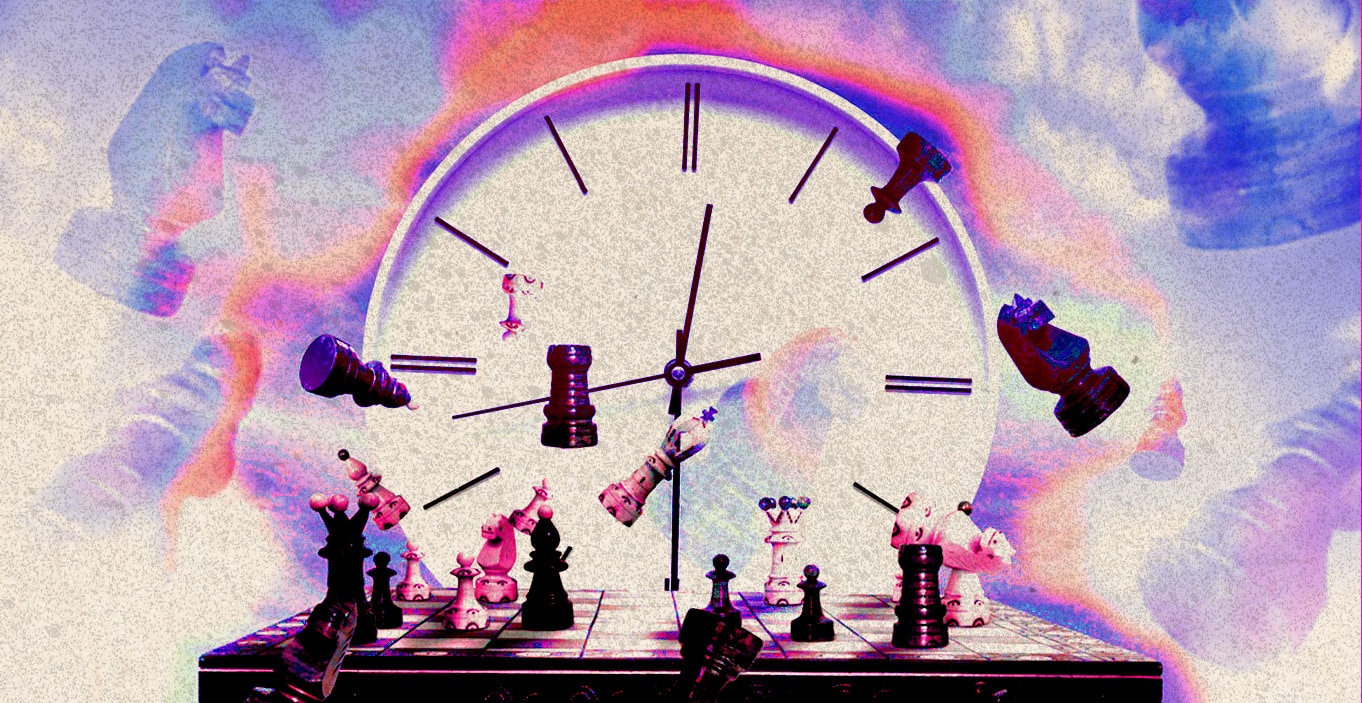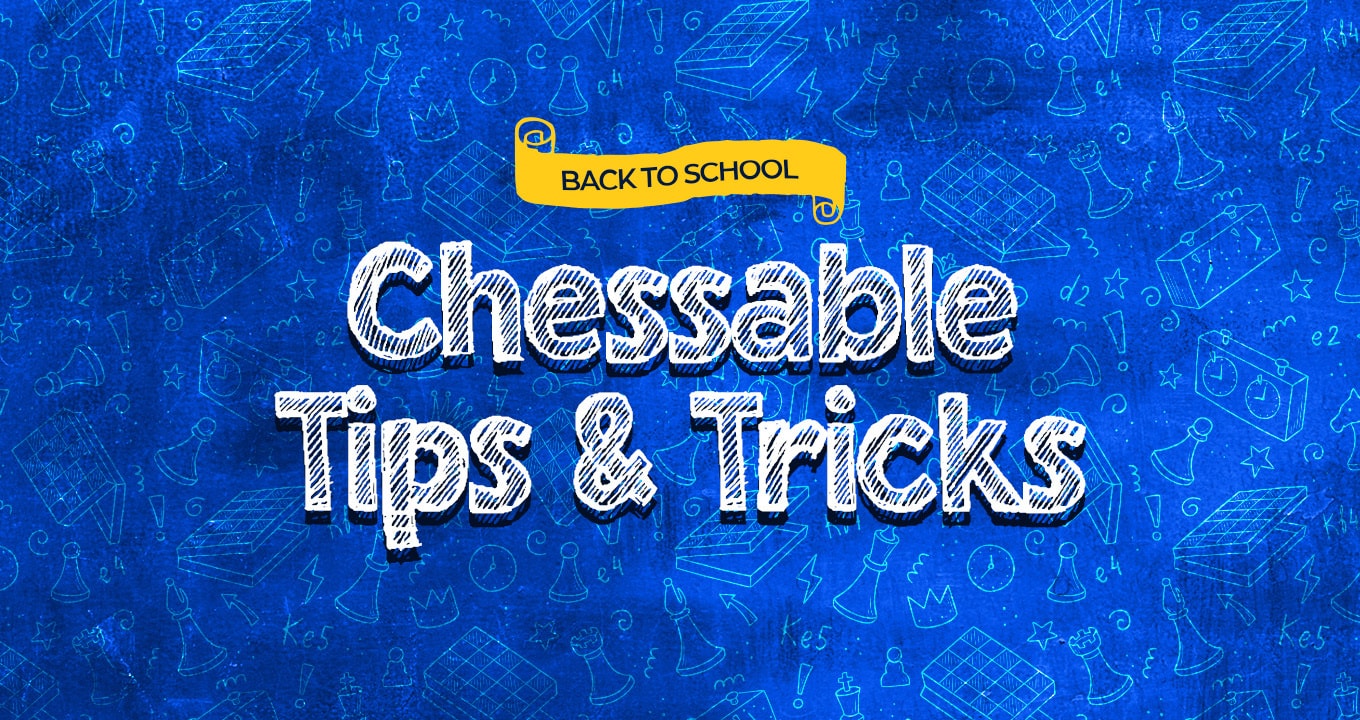Garry Kasparov’s return to competition made me think about why he struggled so much. I don’t think the main factors were age, lack of practice or time management, even though they did play a role. I think the main factor was Garry’s approach to chess.
When I was growing up, which coincided with Garry’s time at the top, the general idea was that in every position there should be a move that is if not the best, then at least better than all the others. The player’s task was to find that move and play it. Perhaps he may take into consideration some psychological factors, but generally, as Fischer put it, players believed more in good moves than in psychology.
And then came the engines. By coincidence or not, Kasparov retired in 2005 and Rybka 3’s emergence was in 2007. What Rybka 3 and all the others that came afterwards showed was that in many positions, there were more moves of relatively equal value. The engines will still show you the “best” move as the first line, but in
fact, the minuscule difference of value between the first and the fifth means very little to the human sitting at the board and thinking for himself. (Obviously, I am talking about balanced positions which are far from a forced win or where there is a clearly best move available).
The players who grew up with these engines accepted that fact as a given. They were happy to play one of the five best moves. The players from the older generation kept on looking for the best move.
This is where Carlsen’s pragmatism comes from. And not only his but generally the practicality of today’s best players. They are not trying to find the single best move, they are happy to “keep it between the hedges” and play one of the five. (For those who haven’t read Rowson’s Deadly Sins and Zebras and are not familiar with the term, it’s advice for driving on unmarked country roads with hedges on
both sides – there are no lanes on the road, but keeping it between the hedges should suffice.)
I am sure Kasparov understands where this new pragmatism comes from, but I am not sure he has managed to “re-program” himself as his great teacher Botvinnik recommended to all players who wanted to achieve longevity in chess. Kasparov struggled at the board, his brain was looking for the best move, and then his time
on the clock ran out. Kasparov has been one of the best learners in chess, so I am sure he can learn to apply the new pragmatism that rules today’s chess, but I am not so sure he will invest the time necessary to achieve this.
It is always fantastic to see Kasparov play again. But I felt uneasy to see my childhood hero suffer and his hands shake, after being used to seeing him dominate everything and everybody. Times have changed and he is not the best anymore. That makes me a little sad, something has been taken away from the legend.
Still, it was the contrast between Kasparov’s old ways and the new pragmatism of modern chess that made it so compelling and easy to notice the change that has occurred in his absence. And as Confucius said, “they must often change who would be constant in happiness or wisdom.”

